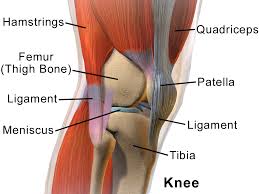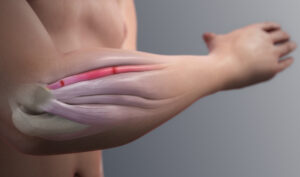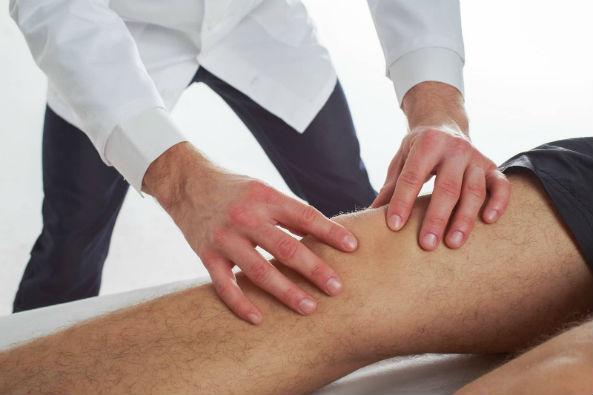Tendinopathies or tendon injuries are, along with muscle pathologies, one of the most important injuries physiotherapists can find at their daily practice. There are different lines of research trying to find out causes that may trigger this kind of injuries. We will talk about most common causes of tendinopathies guided by Javier Herraiz, EPTE®’s Teaching and Researching coordinator, in this post.
Just like other pathologies, tendinopathy or tendon injury will have a multi-factorial origin, which means that therapists should keep in mind various aspects when thinking about treatment or prevention. At this point, the therapist should analyze as well risk factors that may favor dysfunction.
Tendinopathies and load alteration
 The main theory behind a tendon injury onset- popularly known as tendonitis even though this is not a correct designation-, is the load alteration. Both overload and lack of load will be factors that might trigger all biological processes underlying a tendinous pathology. Tendinopathies do not have to be exclusively linked to overstimulation. Besides, people who have been sedentary for a long time, with low levels of mechanical stimuli (through exercise), are prone to suffer different changes in tendon structures, so an odd load, excessive or not, might trigger the beginning of a dysfunction.
The main theory behind a tendon injury onset- popularly known as tendonitis even though this is not a correct designation-, is the load alteration. Both overload and lack of load will be factors that might trigger all biological processes underlying a tendinous pathology. Tendinopathies do not have to be exclusively linked to overstimulation. Besides, people who have been sedentary for a long time, with low levels of mechanical stimuli (through exercise), are prone to suffer different changes in tendon structures, so an odd load, excessive or not, might trigger the beginning of a dysfunction.
For this reason, load modulation depending on the evolutionary stage of the injury, together with the mechanical stimuli throughout exercise, will be essential elements as part of the treatment.
Javier Herraiz
This pathology will affect sedentary people as well as employed people or athletes.
Tendinopathies: risk factors
 Regarding risk factors generally connected to tendon dysfunction, we should consider:
Regarding risk factors generally connected to tendon dysfunction, we should consider:
• Alterations in the lipid profile so as metabolism of carbohydrates (diabetes).
• Certain drugs consumption: certain statins for cholesterol control, antibiotics such as quinolones, etc…
• Certain hormonal disorders.
• Individual’s own intrinsic factors or related to the type of activity, whether it’s work-related or sportive.
Broadly speaking, a crucial point to manage is the load. This load must be correct related to intensity (incremental, gradual approach), frequency (rest periods are essential between stimuli) and speed.
It is important to gradually adjust the load depending on the type of activity we want to perform, being exercise a key element to obtain needed adaptations on the tissue.
We need to remember that percutaneous therapeutic electrolysis is a fundamental part of the professional’s therapeutic toolbox for tendinopathy treatment.
We also recommend you these articles:
http://www.electrolisisterapeutica.com/en/tendon-injuries-tendinitis-treatment/
http://www.electrolisisterapeutica.com/en/10-reasons-to-choose-percutaneous-electrolysis-epte/


